21st century mourning
Permanent link
I received the text while I was at the gym, “Amy Winehouse died.” During the 20 minute walk from my gym to my home I thought about Amy’s music, how short her life was, how I had dressed up as her for Halloween a few years ago (as did a million other people), how sad it was that she never overcame her addiction and then tried to estimate the number of times I had listened to really her only album “Back to Black.” I’d guess 180 times in one year.
So when I got home and turned on my computer I wasn’t surprised but still a little taken aback about the vitriolic commentary about Amy Winehouse and how she did not deserve media attention because, among other reasons, she was a “crack addict” and a huge tragedy had just occurred in Norway.
When someone is controversial, disliked or detested, there is a new form of Negative Mourning. Their death becomes fodder for criticism of their lives, repeated in some form millions of times via social media. Not that no one has ever spoken ill of the dead, but the numbers of people who do and can now publicly, are almost deafening.
The flurry of activity on Facebook and Twitter about Amy Winehouse made me think about just how much public mourning has changed, even since 9-11 when Americans proudly waved American flags, watched a star-studded telethon, read the heart-wrenching New York Times biographies of those who were killed, and watched the funerals of the brave New York City first responders on cable news.
Can you imagine if 9-11 had happened in 2011 instead of 2001? What would it have looked like on Facebook or Twitter? What will it look like this year when we commemorate the 10th anniversary of the tragedy?
Public mourning has changed so significantly this century. Twenty years ago, one might publicly mourn by doing one, or all of the following: a. reading an obituary b. sending a card c. making a donation in the person’s name d. attending a funeral and shiva. In addition, in the Jewish community you might help make a minyan (10 person quorum) so that a friend could say kaddish, the traditional memorial prayer on the anniversary of a family member’s death.
In the event of a leader’s death, like Yitzhak Rabin, there were vigils held, sometimes for days.
Today, the death of a public or private person is up for lengthy discussion online. While there has always been “letters to the editor,” this sort of banter on the dead, outside of really important contributors to our society, is probably unprecedented in human history.
The same is true for ordinary losses.
When two people who I cared for very much died this summer, I felt a need to publish two blog posts about them. I requested that the eulogist from one of the funerals post his words onto Facebook for those who hadn’t been able to make the funeral. All of these posts were welcomed and well received. Those who commented on them wrote beautiful notes, because these were two very righteous people.
I’ve also seen others post news of a loved ones’ death, and receive tremendous Facebook support and condolences. My only concern is that do these people receive the same comfort that the traditional means of public mourning provides. Is the “RIP Mrs. X” the same as a phone call or a hug at a funeral, wake or shiva. Someday, it might be all we do. For now though, I think we have to consider whether the comment is really closer to doing almost nothing at all depending on the relationship. The same is true for something like Holocaust Memorial Day. Does clicking on a Facebook page or changing your status to dedicate it to 6 million who died in the Holocaust the same as attending a memorial service or going to a museum? I don’t know.
Next week there is Jewish Holiday called Tisha B’Av, which commemorates catastrophes faced by the Jewish people where there was tremendous suffering and loss of life. If you observe the holiday, it is carefully choreographed to feel sadness and hope for redemption.
If the holiday were to be discussed on Twitter, the dialogue would probably shift from the suffering of the persecuted to:
“It’s going to happen again if we continue Sinat Chinam.”
“Why do we still celebrate this holiday? Israel is a state now.”
“Did the prophets predict that this would happen anyways?”
I think because of social media we are losing our ability to authentically be sad, empathize, or celebratory without being flooded with other’s editorial commentary. I wonder what the world will be like if authentic emotion will one day be extinct. What will happen then?
The answer may be in the beautiful Amy Winehouse song, zichrona v’livracha.


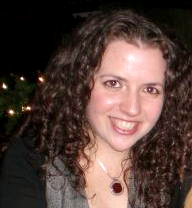

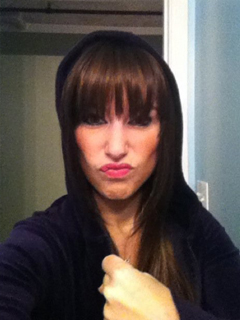

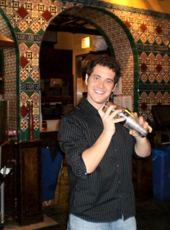
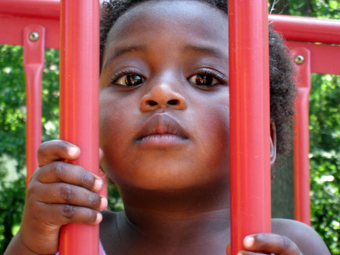

.jpg)

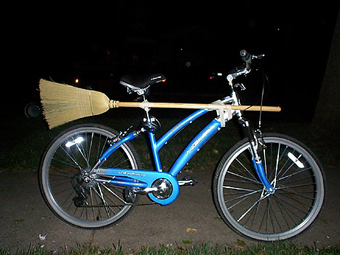


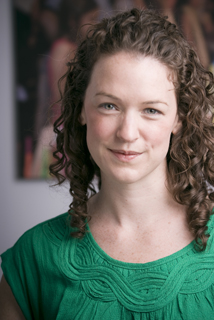

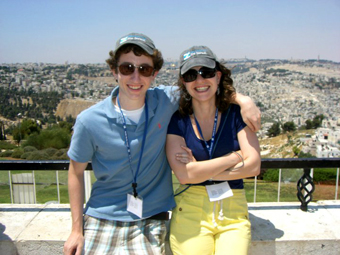


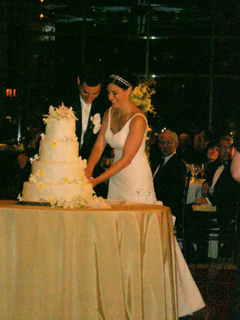
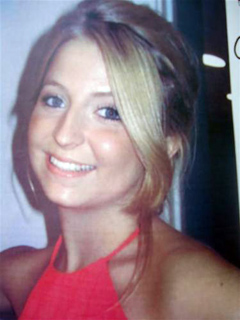

.jpg)



